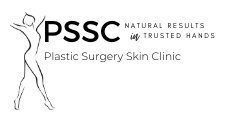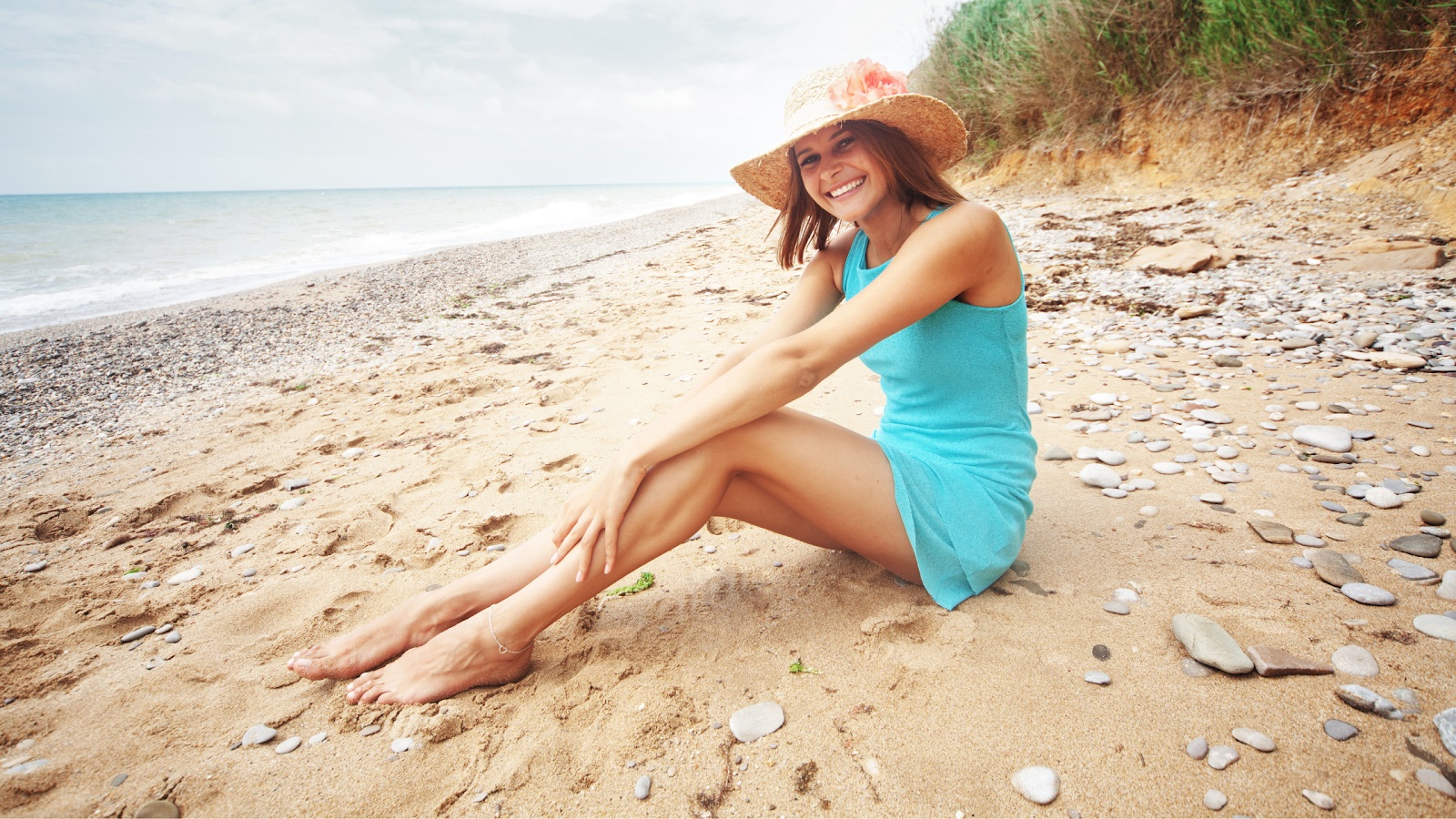Sunspots on face and sunspots on skin are an unnecessary distraction from your natural beauty. But summertime is coming which means outdoor activities, and time with friends! How do we avoid developing sun spots?
Spending time outdoors is relaxing and fun, but it can often result in uncomfortable or painful sunburns in summer if we aren’t mindful. They are painful at the moment, but sunburns can result in much longer-lasting damage than most realize. This includes dark spots, also known as sun spots on skin.
Risks From the Sun
Sunburns are often seen as a necessary evil for enjoying the summer. They are treated as the inevitable conclusion of fun days with friends.
While common, you do not have to just accept being sunburned as payment for a day at the beach. In fact, you shouldn’t. Sunburns and even suntans come with far more damage to the skin than most people know. Much of what we consider normal aging when it comes to skin is caused by sun damage. That means much of it is preventable.
The sun or UV damage to the outer layers of the screen can cause photoaging damage. This will result in thick, leathery skin, brown sun spots on face or skin, and wrinkles. This aesthetic damage ages us years in the eyes of our peers.
The greatest risk to the health and youthfulness of your skin is over-exposure to the sun. Even unprotected exposure without causing burns will add up.
More important than the aesthetic issues caused by UV damage is the risk of life-threatening skin cancer. Leathery, damaged patches of skin have a much higher risk of developing skin cancer and are not an aesthetic concern.
You have memories of sun protection from when you were a kid. Many of us were dragged from playing with friends to reapply sunscreen or being made to wear big, uncomfortable hats.
You might have been annoyed at the time but you may be thankful for this sun protection in the long run. Most UV damage to our skin occurs in the first twenty years of life.
Taking Care of Your Skin
Many people believe that because they tan well or do not often burn, they do not have to bother with sun protection. Even without causing sunburns, unprotected exposure to the sun can cause damage to the skin in as little as fifteen minutes.
This damage may mean aesthetic damage in the long term, such as wrinkles or sun spots on the skin. Avoid damage by taking care of your skin, which will keep UV damage from causing preventable aging.
With this in mind, how do you prevent sun damage and painful sunburns and lessen the risk of skin cancer?
- Wear sunscreen. UV rays from the sun cause damage to your skin. You should wear a broad spectrum UVA/UVB sunscreen of at least 30 SPF, whether sunny or cloudy. And continue wearing sunscreen in winter, as well.
- Make sure to reapply your sunscreen once every two hours or when you have been swimming or sweating. Don’t forget to protect your lips with a full spectrum lip balm.
- Minimize your exposure to the sun between 10 am-4 pm. Stay away from the sun as much as possible during this period as the sun is at its peak. You likely won’t want to stay in during good weather, but stick to shade as much as possible.
- Wear a hat. Sunscreen will protect your skin from the sun, but a wide-brimmed hat will reduce the need to be protected at all. Don’t forget sunscreen on your neck, ears, and chest.
- Don’t tan. Even if you do not burn, a tan is still a reaction to UV damage to the outer layers of your skin. Stick to the shade, and especially skip indoor tanning beds. The tan may suit you, but it will significantly age your skin in the long run and increase the risk of cancer.
The best way to prevent unnecessary aging in your skin is to prevent UV damage from happening at all. If you are concerned about the aesthetic effects of sun damage, it is never too late to start protecting your skin.
The best time may have been at 20, but the second-best time is now.
Skin Pigmentation Treatment
With all the cumulative sun/UV damage we all experience in our lives, it is inevitable that we develop some discoloration. These areas of hyperpigmentation are known as sun spots. These sun spots age us in the eyes of peers, just as much as wrinkles do.
Recent technological innovations have shown that much of the damage caused by the sun in our lives is reversible. It is possible to improve or even reverse sun spots with only two treatments from the HALO Hybrid Fractional Laser.
When searching for “skin treatments near me” in Toronto, look no further than the Plastic Surgery Skin Clinic. Contact us to book a consultation, today.

